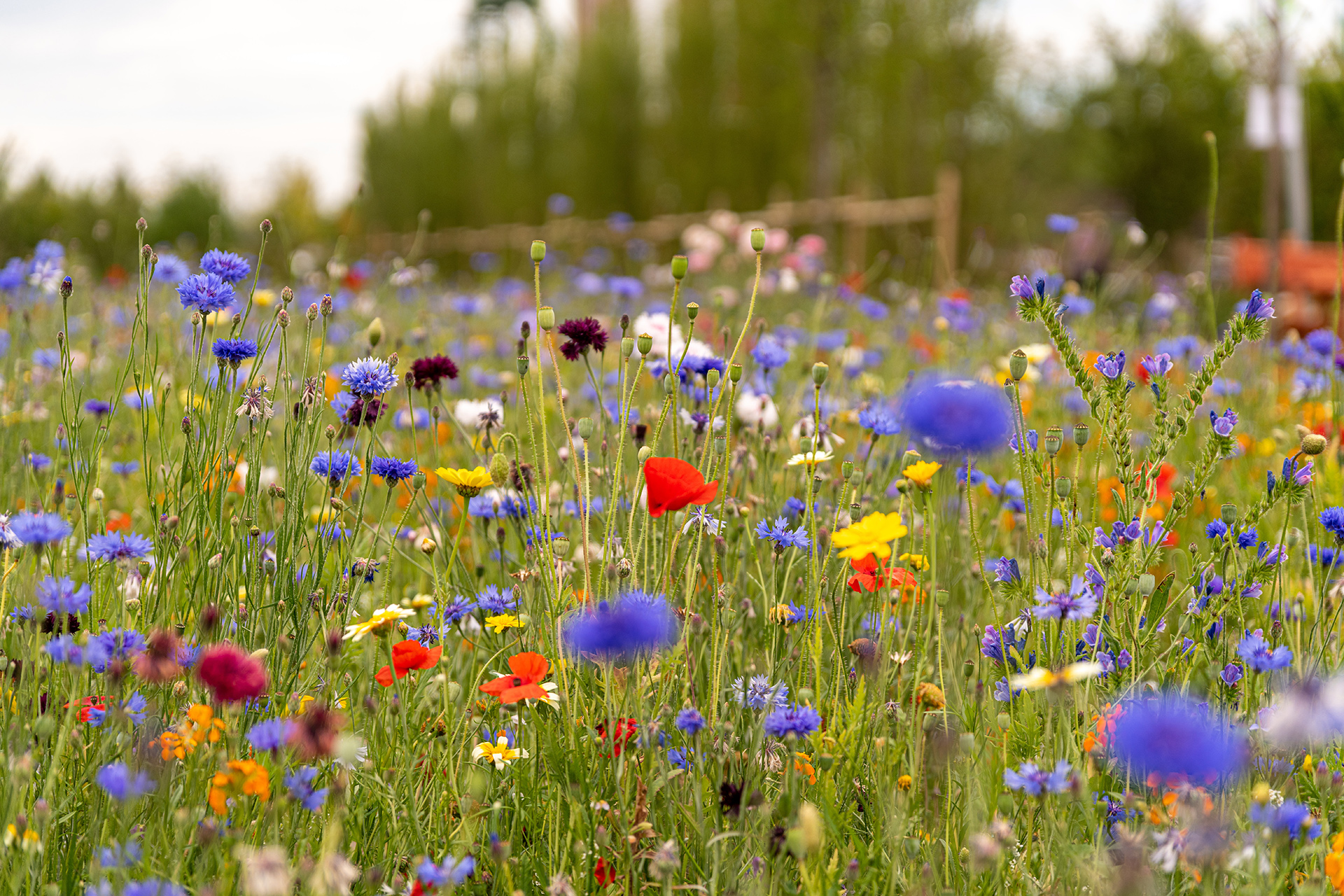A 50 Farmers’ Tales Online Archive launch event was held on November 10th 2016 at the Curzon Cinema in Canterbury, where initial results were presented and a film on the project previewed, to an audience of farmers, academics, students and the interested public. You can view the film here. The presentation will be available under the reports section of the archive.
The results of the project are stored in this archive, organised via an interactive map that shows the locations of all the farmers interviewed and links to transcripts, audio and video recordings and any historical material provided by farmers.
In addition, there is a section holding the GIS maps, which describes briefly the maps and results of the analysis on them. The section on videos also contains short films edited from the full-length interviews stored in the archive. In the reports section, we will post documents or any published articles on the research project as they become available. There is a section that lists links to additional resources on the web, such as archival films, data on farming today, farmers’ markets, educational opportunities, etc.
Visitors to the archive can leave comments and contributions, for specific farmers if they wish or, more generally for other viewers to the site and the project organisers as well.
Project personnel:
The 50 Farmers’ Tales project was designed and conducted by a team of staff and undergraduate students from the University of Kent’s School of Anthropology and Conservation (SAC), representing the full breadth of disciplinary fields in the School (Social-Cultural and Biological Anthropology, Human Ecology, Conservation Sciences and Environmental Social Science).
Dr Raj Puri was the Principle Investigator, responsible for the project’s organisation and outcomes. Mr. Alan Bicker was the primary liaison to the farming community, the lead trainer and advisor to our student researchers. We also had expert assistance in training and research design from the following staff at SAC: Dr Helen Newing, Dr Ian Bride, Dr Oskar Burger, and Dr Michael Poltorak, who taught the student researchers to use audio and video recorders. Dr Joseph Tzanopoulos and Dr Dimitrios Bormpoudakis, also members of Kent’s Interdisciplinary Centre for Spatial Studies (KISS), oversaw the spatial analysis component and production of maps. James Kloda was our IT consultant and maintains this archive site as well as the SAC webpages.
A large number of undergraduates participated in training workshops and helped to design the research. Thanks for their important contributions to: Attiat Gamal, Alex Graham, Laura Leahy, Vivien Macdonald, Emily Malkin, Alison Mckeand, Emma Molloy, Treya Picking, Ren Piercey, Louise Sykes, George Uren, Anette Vestergaard and Tim Wilcox.
Our student research team visited farmers and conducted interviews, collected materials, took pictures and video and prepared interview transcripts: Anna Durdant-Hollamby, Anca Mamaische, Louise Rasmussen, Katy Sharpe, Joe Spence and Baely Saunders. Joe Spence has been the project videographer and filmmaker, filming and editing interviews and producing films for the website and various public events.

We thank the National Farmers’ Union in Canterbury for helping us to publicise the project among their members and Kent County Council’s ARCH project (Assessing Regional Habitat Change) for providing the data used in the spatial analysis. Web Solutions within Information Services, and the team at Kent’s Computing Centre, built the archive site and managed the importing and safe storage of all the data.
The project was funded by the University of Kent’s 50th Anniversary Fund and we are grateful for their continued support of this archive, which we hope will still be around when the University celebrates its 100th birthday.




